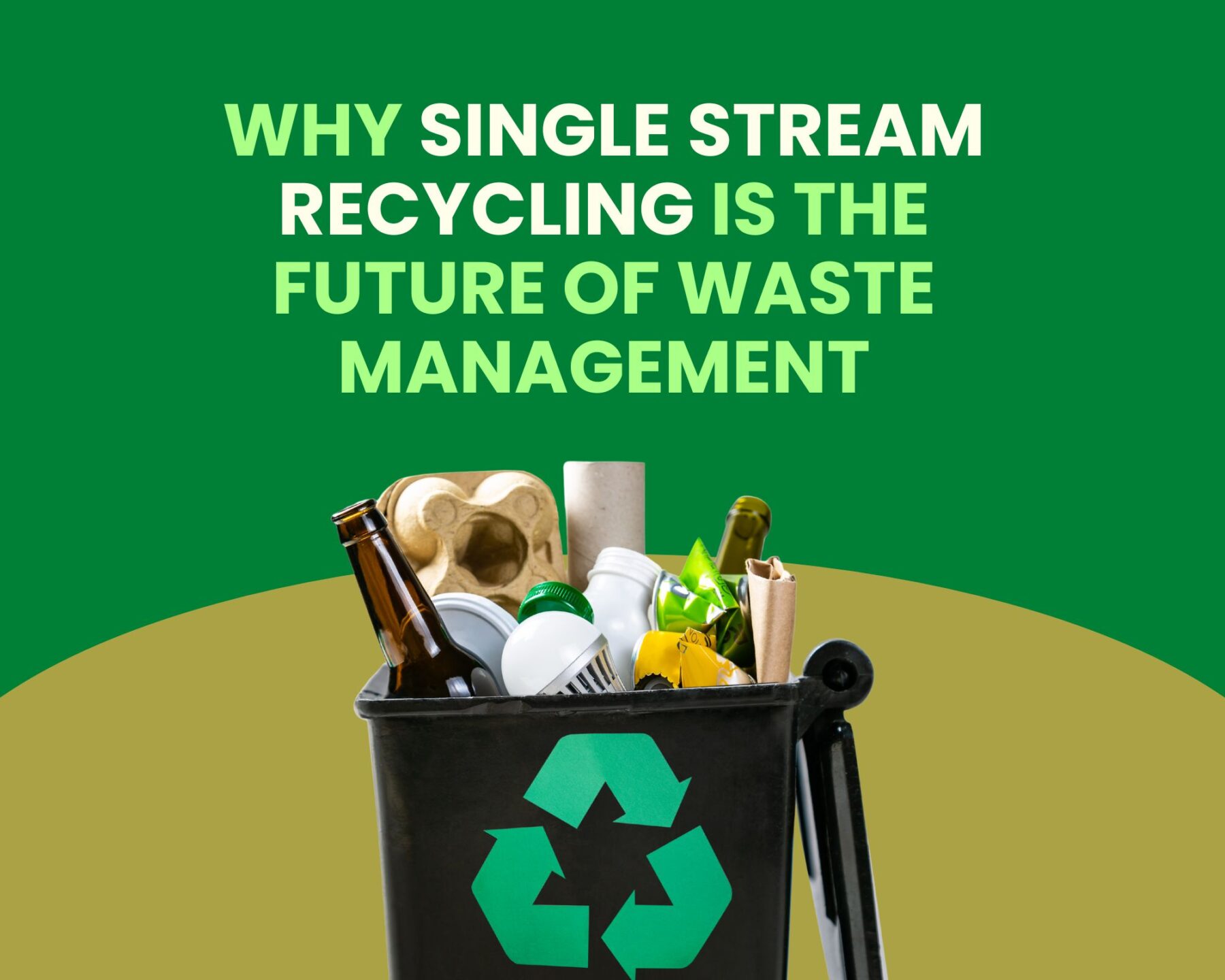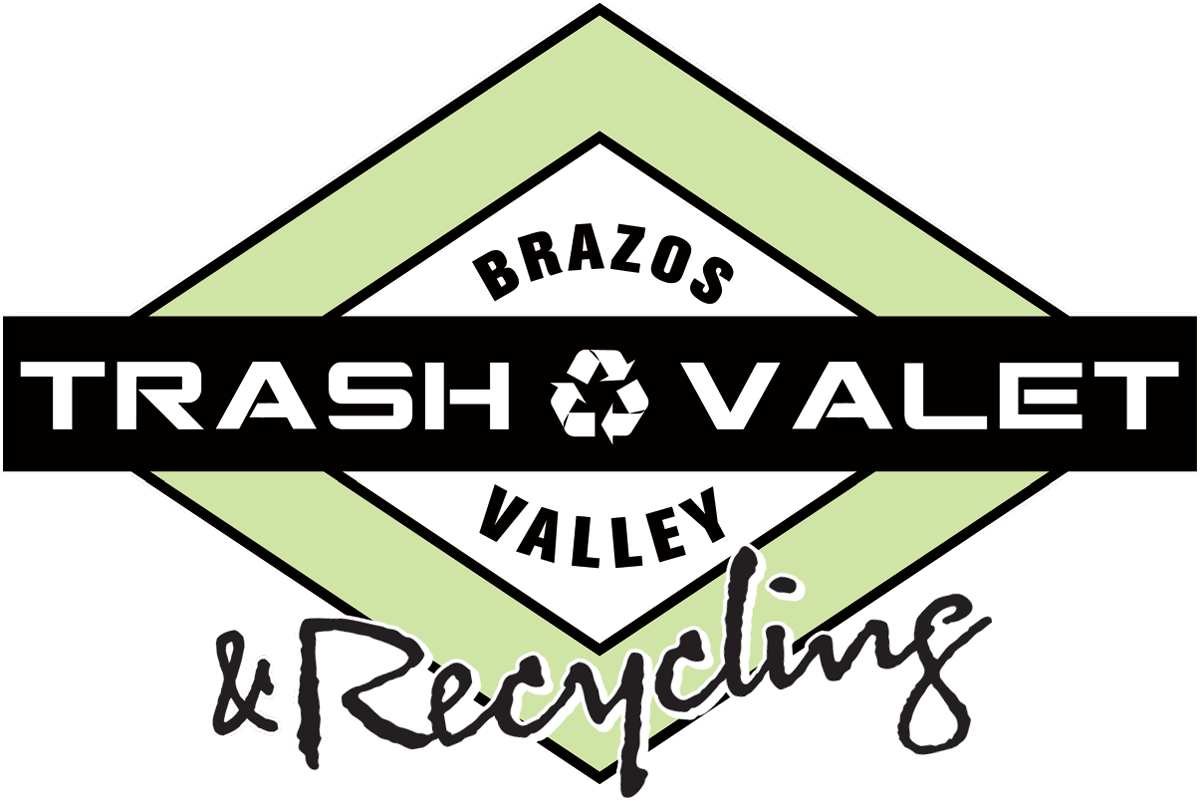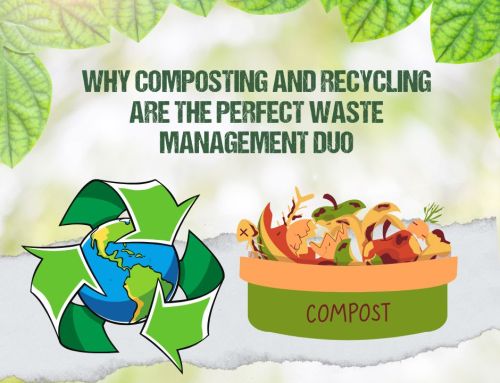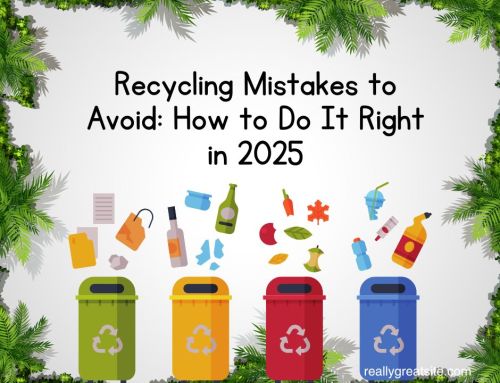Why Single Stream Recycling is the Future of Waste Management
In recent years, single-stream recycling has become a popular approach to waste management. This system allows households and businesses to dispose of all recyclable materials—such as paper, plastic, glass, and metal—in a single bin, eliminating the need for sorting. As communities across the country strive to increase recycling participation and reduce landfill waste, single-stream recycling is emerging as a highly effective and user-friendly solution. But what makes this method so appealing, and why is it considered the future of waste management?

The Convenience Factor
One of the biggest advantages of single-stream recycling is its convenience. Gone are the days when individuals had to separate their recyclables into different categories. Instead, with single-stream, all materials go into one bin, making it incredibly easy for households and businesses alike to participate in recycling. This simplicity reduces the chances of confusion and error, leading to higher participation rates.
When recycling becomes this convenient, more people are likely to take part, which directly results in an increase in the volume of materials diverted from landfills. For businesses, particularly large companies that generate substantial amounts of waste, single-stream recycling can save both time and resources. Employees no longer need to worry about complicated sorting processes, and the business itself can focus on broader sustainability initiatives.
Higher Recycling Participation
Studies have shown that when communities switch to single-stream recycling, the rate of participation often goes up. The simpler the process, the more inclined people are to get involved. With single-stream, individuals no longer have to worry about whether they’re recycling materials properly, which removes a common barrier to participation. This leads to more waste being recycled and less being sent to landfills.
This system also supports the recycling of a broader range of materials. In many cases, municipalities that adopt single-stream recycling are able to accept more types of plastic and other materials, as advanced sorting facilities are equipped to handle mixed recyclables. As a result, communities benefit from a wider array of materials being recycled.
Cost Efficiency
For municipalities and waste management companies, single-stream recycling offers cost savings. While the initial setup of a single-stream sorting facility may require investment, the long-term benefits are significant. Fewer collection trucks are needed since recyclables are collected in one go, which reduces fuel consumption and labor costs. Additionally, having all recyclables in one bin simplifies the collection process, making it more efficient and less time-consuming.
Once recyclables arrive at the sorting facility, advanced machinery and technology are used to separate the materials automatically. This reduces the need for manual labor and increases the accuracy of sorting, further driving down costs.
Reducing Contamination in Recycling
While contamination—such as food waste mixed in with recyclables—can be a challenge in single-stream recycling, advancements in technology are continually improving the sorting process. Modern recycling facilities are equipped with sophisticated machinery that can detect and remove contaminants more effectively than ever before. With ongoing education about what can and can’t be recycled, the contamination rate is expected to decline over time.
A More Sustainable Future
By making recycling easier and more accessible, single-stream recycling helps drive greater participation and reduces the volume of waste that ends up in landfills. This is crucial for the future of waste management, as landfills continue to fill up at an alarming rate. By embracing single-stream recycling, communities and businesses can take a major step toward more sustainable waste management practices.
Conclusion
Single-stream recycling simplifies the process of waste management for individuals, businesses, and municipalities, making it a key solution for the future. Its convenience, ability to increase participation, and cost-efficiency make it an appealing option for communities seeking to reduce their environmental footprint. With technology constantly improving, the challenges associated with contamination are being addressed, further solidifying single-stream recycling as the future of sustainable waste management.
Share This Story, Choose Your Platform!
Why Single Stream Recycling is the Future of Waste Management
In recent years, single-stream recycling has become a popular approach to waste management. This system allows households and businesses to dispose of all recyclable materials—such as paper, plastic, glass, and metal—in a single bin, eliminating the need for sorting. As communities across the country strive to increase recycling participation and reduce landfill waste, single-stream recycling is emerging as a highly effective and user-friendly solution. But what makes this method so appealing, and why is it considered the future of waste management?

The Convenience Factor
One of the biggest advantages of single-stream recycling is its convenience. Gone are the days when individuals had to separate their recyclables into different categories. Instead, with single-stream, all materials go into one bin, making it incredibly easy for households and businesses alike to participate in recycling. This simplicity reduces the chances of confusion and error, leading to higher participation rates.
When recycling becomes this convenient, more people are likely to take part, which directly results in an increase in the volume of materials diverted from landfills. For businesses, particularly large companies that generate substantial amounts of waste, single-stream recycling can save both time and resources. Employees no longer need to worry about complicated sorting processes, and the business itself can focus on broader sustainability initiatives.
Higher Recycling Participation
Studies have shown that when communities switch to single-stream recycling, the rate of participation often goes up. The simpler the process, the more inclined people are to get involved. With single-stream, individuals no longer have to worry about whether they’re recycling materials properly, which removes a common barrier to participation. This leads to more waste being recycled and less being sent to landfills.
This system also supports the recycling of a broader range of materials. In many cases, municipalities that adopt single-stream recycling are able to accept more types of plastic and other materials, as advanced sorting facilities are equipped to handle mixed recyclables. As a result, communities benefit from a wider array of materials being recycled.
Cost Efficiency
For municipalities and waste management companies, single-stream recycling offers cost savings. While the initial setup of a single-stream sorting facility may require investment, the long-term benefits are significant. Fewer collection trucks are needed since recyclables are collected in one go, which reduces fuel consumption and labor costs. Additionally, having all recyclables in one bin simplifies the collection process, making it more efficient and less time-consuming.
Once recyclables arrive at the sorting facility, advanced machinery and technology are used to separate the materials automatically. This reduces the need for manual labor and increases the accuracy of sorting, further driving down costs.
Reducing Contamination in Recycling
While contamination—such as food waste mixed in with recyclables—can be a challenge in single-stream recycling, advancements in technology are continually improving the sorting process. Modern recycling facilities are equipped with sophisticated machinery that can detect and remove contaminants more effectively than ever before. With ongoing education about what can and can’t be recycled, the contamination rate is expected to decline over time.
A More Sustainable Future
By making recycling easier and more accessible, single-stream recycling helps drive greater participation and reduces the volume of waste that ends up in landfills. This is crucial for the future of waste management, as landfills continue to fill up at an alarming rate. By embracing single-stream recycling, communities and businesses can take a major step toward more sustainable waste management practices.
Conclusion
Single-stream recycling simplifies the process of waste management for individuals, businesses, and municipalities, making it a key solution for the future. Its convenience, ability to increase participation, and cost-efficiency make it an appealing option for communities seeking to reduce their environmental footprint. With technology constantly improving, the challenges associated with contamination are being addressed, further solidifying single-stream recycling as the future of sustainable waste management.




